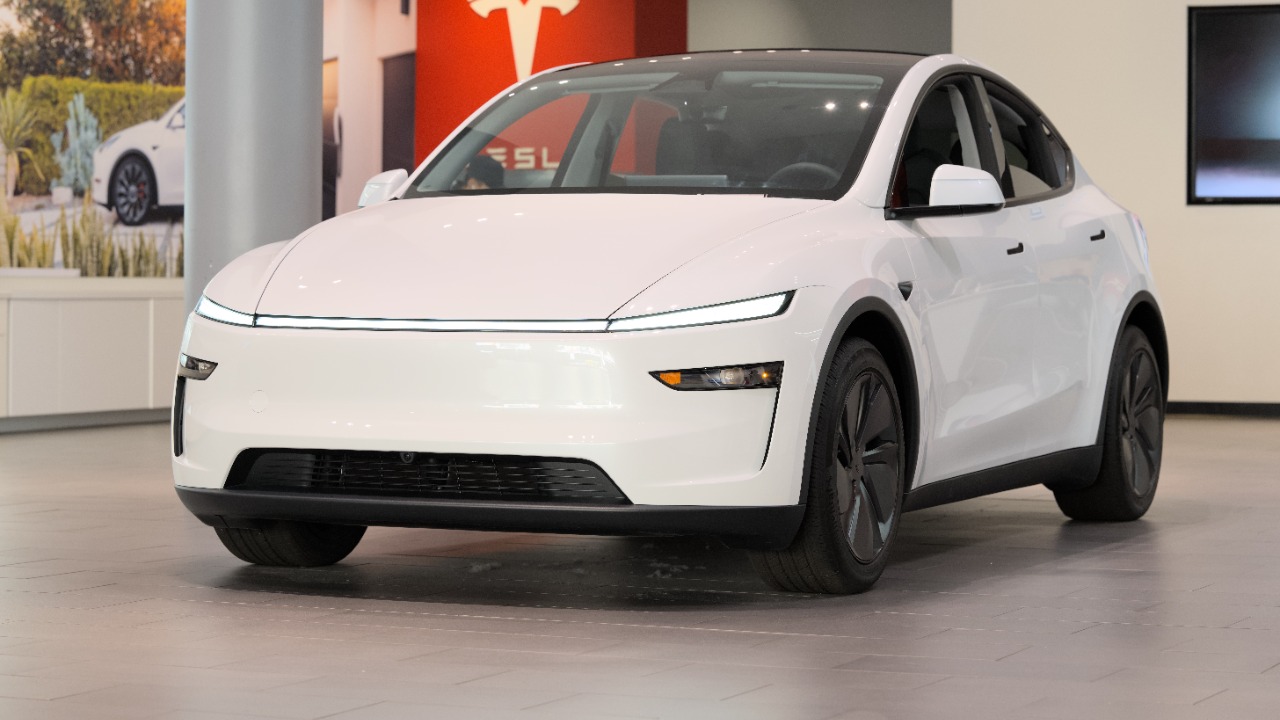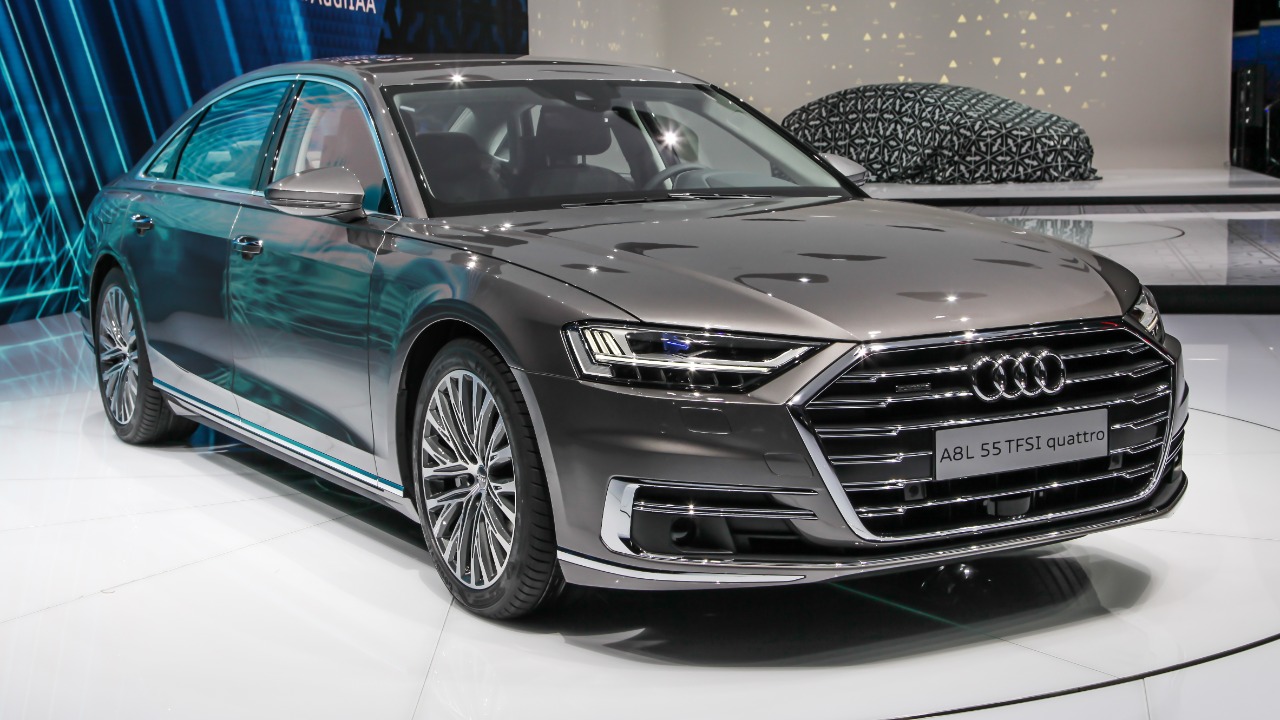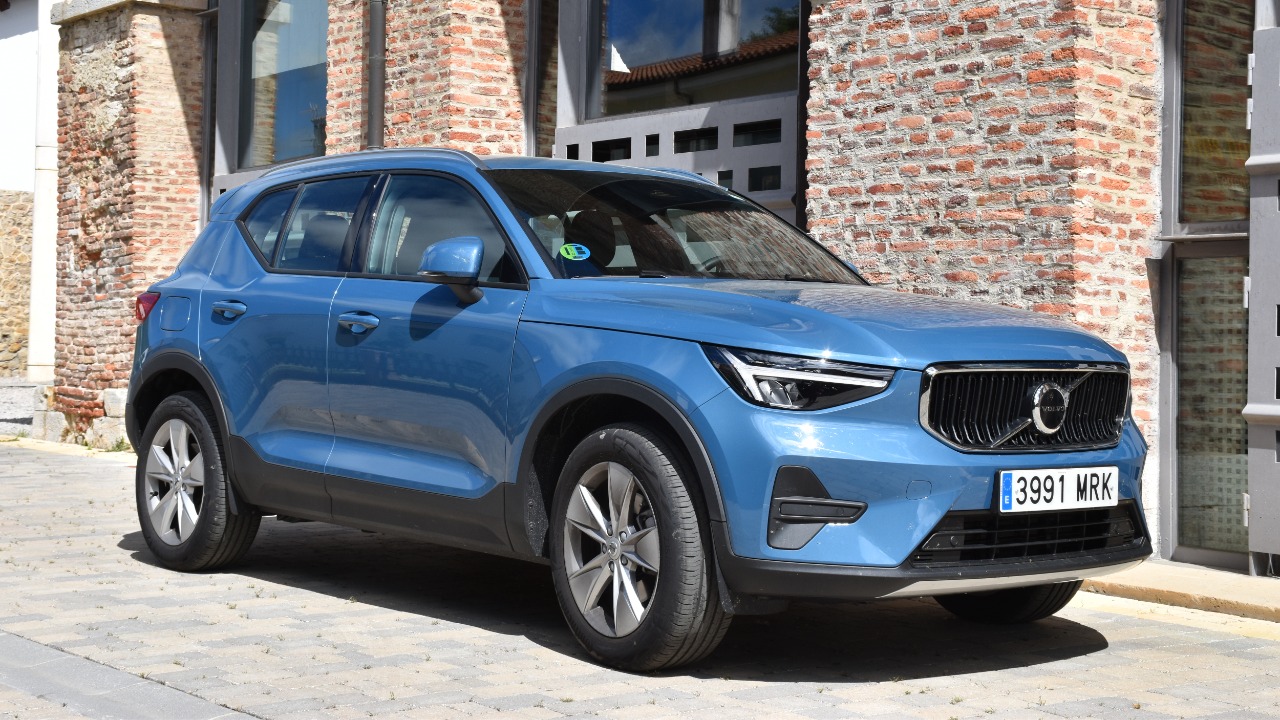
The automotive industry is constantly evolving, with manufacturers exploring innovative ways to enhance vehicle design and user experience. A significant trend is the shift away from traditional physical buttons in favor of sleek touchscreens and digital controls. Here’s a look at five automakers leading the charge in this digital transition.
Tesla

Tesla is at the forefront of automotive innovation, and its decision to replace physical buttons with touchscreen interfaces is no exception. Models like the Tesla Model 3 and Model Y feature a minimalist interior design where almost all vehicle functions are controlled through a central touchscreen. This design choice aligns with Tesla’s futuristic brand image and offers a cleaner, more streamlined dashboard.
While this approach has been praised for its modern aesthetics, it also raises questions about usability and safety. The reliance on touchscreens can be challenging for drivers who are accustomed to the tactile feedback of physical buttons. Despite these concerns, Tesla continues to innovate, pushing the envelope of automotive design.
Mercedes-Benz

Mercedes-Benz has embraced the digital revolution with its MBUX (Mercedes-Benz User Experience) infotainment system. The latest models, such as the Mercedes-Benz EQS, feature a dashboard that is almost entirely digital, with minimal physical buttons. The MBUX system combines touch, voice, and gesture controls to offer a seamless user experience.
This move towards digital interfaces is part of Mercedes-Benz’s strategy to create a luxurious, tech-savvy environment for its drivers. However, the shift has not been without criticism, as some drivers find traditional buttons more intuitive, especially for essential functions.
BMW

BMW is another automaker that is moving away from physical buttons in favor of digital controls. The iDrive system, which has been a staple in BMW vehicles, has evolved to incorporate more touchscreen capabilities, providing a modern and intuitive interface. Models like the BMW iX showcase this shift, with a minimalist design and a focus on digital interaction.
BMW’s approach is to create a balance between digital innovation and user-friendly operation. While the company has embraced digital controls, it has also recognized the importance of maintaining some physical elements for critical functions, acknowledging the ongoing debate about physical controls in the automotive world.
Audi

Audi’s Virtual Cockpit is a testament to the brand’s commitment to digital transformation. This fully digital instrument cluster replaces traditional dials and buttons with a customizable display that provides drivers with essential information at a glance. Models like the Audi A8 have adopted this technology, reducing the need for physical buttons on the dashboard.
This innovation is part of Audi’s effort to enhance the driving experience through technology. However, as manufacturers like Audi continue to move in this direction, the ongoing debate about the balance between digital and analog controls persists, highlighting the importance of user preference in design.
Volvo

Volvo has gradually moved towards a more digital interior, with the introduction of its Sensus infotainment system. In models like the Volvo XC40, the central touchscreen controls a variety of functions, reducing the number of physical buttons. This shift aligns with Volvo’s image as a forward-thinking brand focused on safety and innovation.
While Volvo embraces digital interfaces, the company also recognizes the value of user-friendly design. By integrating both digital and physical elements, Volvo aims to offer an intuitive and accessible driving experience. The ongoing evolution in automotive design continues to challenge manufacturers to find the right balance between simplicity and functionality.